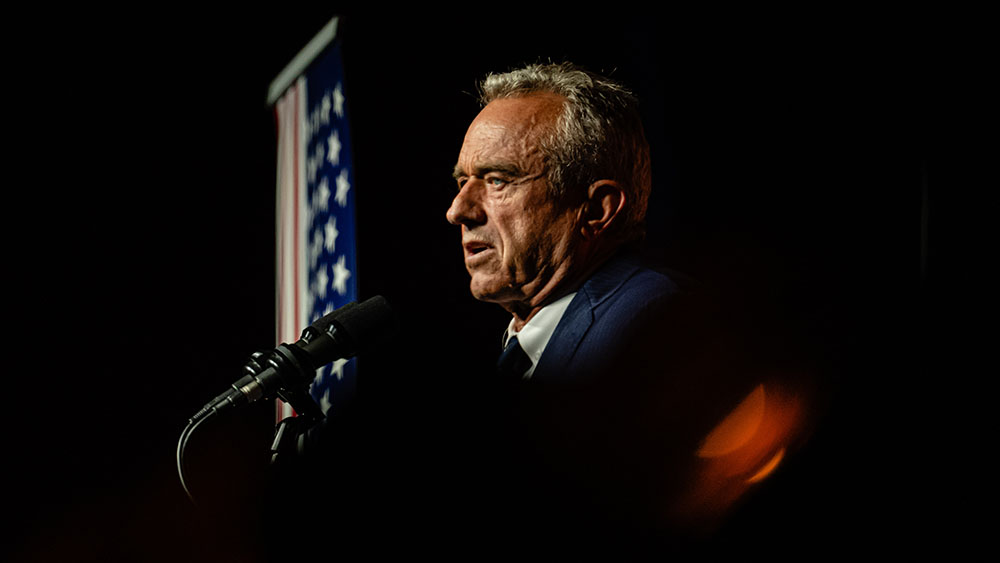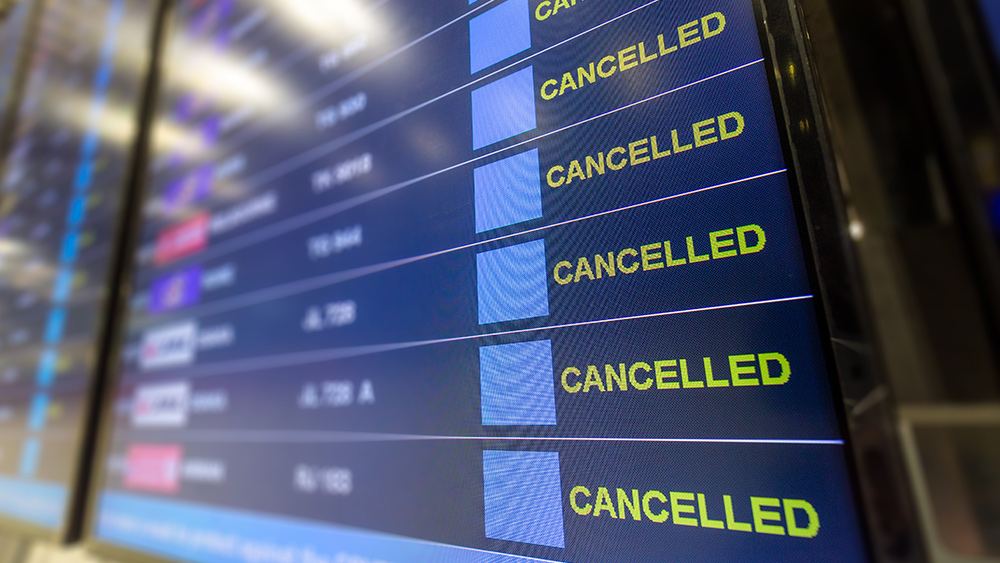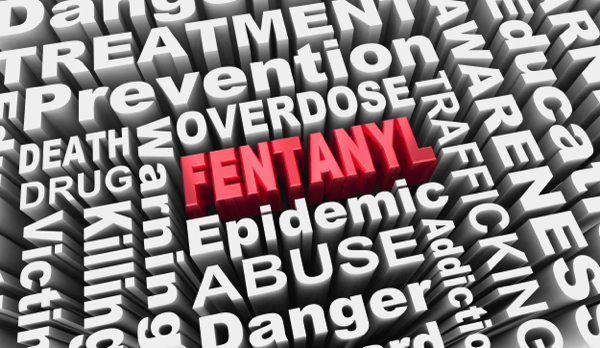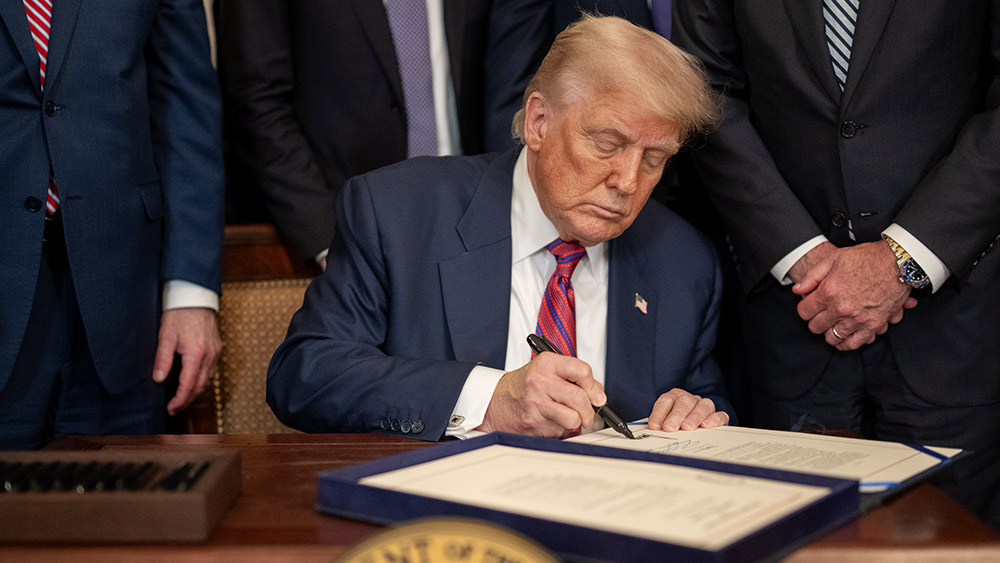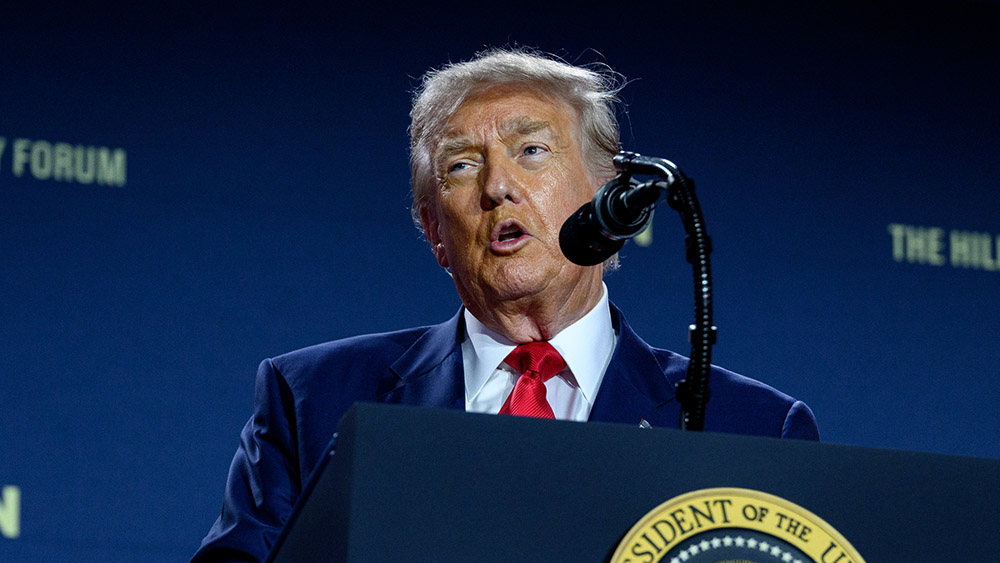 Parler
Parler Gab
Gab
- The California DMV is revoking 17,000 commercial driver's licenses issued to non-residents following a federal audit.
- The audit found more than one in four sampled licenses violated federal rules, with some issued without proper legal presence checks.
- The action is part of a broader Trump administration crackdown on non-domiciled CDLs, deemed a national security and public safety risk.
- Transportation Secretary Sean Duffy announced emergency rules tightening eligibility and is withholding $160 million in funds to force California's compliance.
- The policy shift follows fatal accidents and an executive order mandating English proficiency for commercial drivers.
The unraveling of a licensing system
The crisis came to a head after a series of fatal accidents involving truck drivers who were in the United States without legal permission. These incidents prompted the Federal Motor Carrier Safety Administration (FMCSA) to launch a comprehensive audit of how states issue "non-domiciled" CDLs. These are licenses intended for individuals who do not have a permanent legal residence in the state, such as international students or temporary workers with valid visas. The audit’s findings, particularly in California, were stark. A review of a sample of the state's roughly 62,000 non-domiciled CDLs revealed that 26% failed to comply with federal requirements. In some cases, the California DMV could not provide documentation proving it had validated the driver's lawful presence before issuing a license to operate a commercial vehicle. In other instances, licenses remained valid for months or even years beyond the expiration of the driver's legal authorization to be in the country.Federal emergency action and escalating pressure
In response to what it termed an "imminent hazard," the Department of Transportation took emergency action on September 26, 2025. Transportation Secretary Sean P. Duffy announced a new rule drastically restricting eligibility for non-domiciled CDLs. Moving forward, non-citizens would need an employment-based visa and would be subject to a mandatory federal immigration status check. Concurrently, Duffy initiated direct enforcement against California, giving the state 30 days to:- Pause the issuance of new non-domiciled CDLs.
- Identify all existing non-domiciled CDLs that failed to comply with federal regulations.
- Revoke and reissue licenses only for those who met the new, stricter federal requirements. The federal government threatened to withhold $160 million in highway funding in the first year, a figure that would double in the second year if California did not comply. This ultimatum led to the November announcement that the state would cancel 17,000 licenses.
A broader policy shift on safety and security
This licensing crackdown is not an isolated event but a key component of the Trump administration's broader transportation and security agenda. The actions build upon an executive order signed by President Trump in April 2025 that mandated English proficiency for all commercial drivers, emphasizing the need to read traffic signs, communicate with law enforcement and respond to emergencies. Administration officials have argued that the previous regulatory framework, combined with state-level negligence, created a "backdoor for illegal aliens to operate multi-ton vehicles." They contend that ensuring drivers are legally present and can understand English and safety instructions is a fundamental prerequisite for preventing tragedies and securing the nation's critical supply chain infrastructure from potential threats.Historical Context and the Road Ahead
The conflict between federal authority and state licensing practices has deep roots in American history. The most direct parallel is the debate leading to the 2005 REAL ID Act, which established national security standards for state-issued driver's licenses. The current dispute over CDLs represents a new front in that long-standing tension, centering on the specific risks associated with operating commercial vehicles. The federal government's use of financial leverage—threatening to pull highway funds—is a well-established tactic to compel state compliance with national priorities, echoing past battles over issues like the national drinking age. For the trucking industry, which already faces a chronic driver shortage, the mass revocation of licenses introduces new uncertainty and underscores the high-stakes intersection of immigration policy, transportation safety and economic stability.A national reckoning on driver standards
The revocation of 17,000 commercial licenses in a single state marks a significant escalation in the federal government's effort to assert control over who is permitted to operate the country's largest and potentially most dangerous vehicles. While the immediate focus is on California's compliance, the nationwide audit continues, suggesting that other states may face similar scrutiny. The administration has successfully framed the issue as one of fundamental safety and security, leveraging tragic accidents to justify a sweeping overhaul of long-standing licensing rules. The outcome of this confrontation will not only reshape the commercial driving workforce but also set a new precedent for the balance of power between state and federal authorities in regulating critical infrastructure and public safety. Sources for this article include: FreightWaves.com Transporation.gov hstoday.usZelensky ally flees Ukraine amid major FBI-linked corruption probe
By Zoey Sky // Share
A temporary truce: Trump ends historic 43-day government shutdown
By Willow Tohi // Share
U.S. extends suspension of sanctions against Syria amid White House talks
By Patrick Lewis // Share
UAE and U.S. forge AI-powered drone alliance amid growing military tech race with Iran and China
By kevinhughes // Share
Avocado: The skin superfood for enhanced elasticity and firmness
By newseditors // Share
A systemic breakdown on the nation's highways as California cancels 17,000 CDLs
By willowt // Share
A temporary truce: Trump ends historic 43-day government shutdown
By willowt // Share
